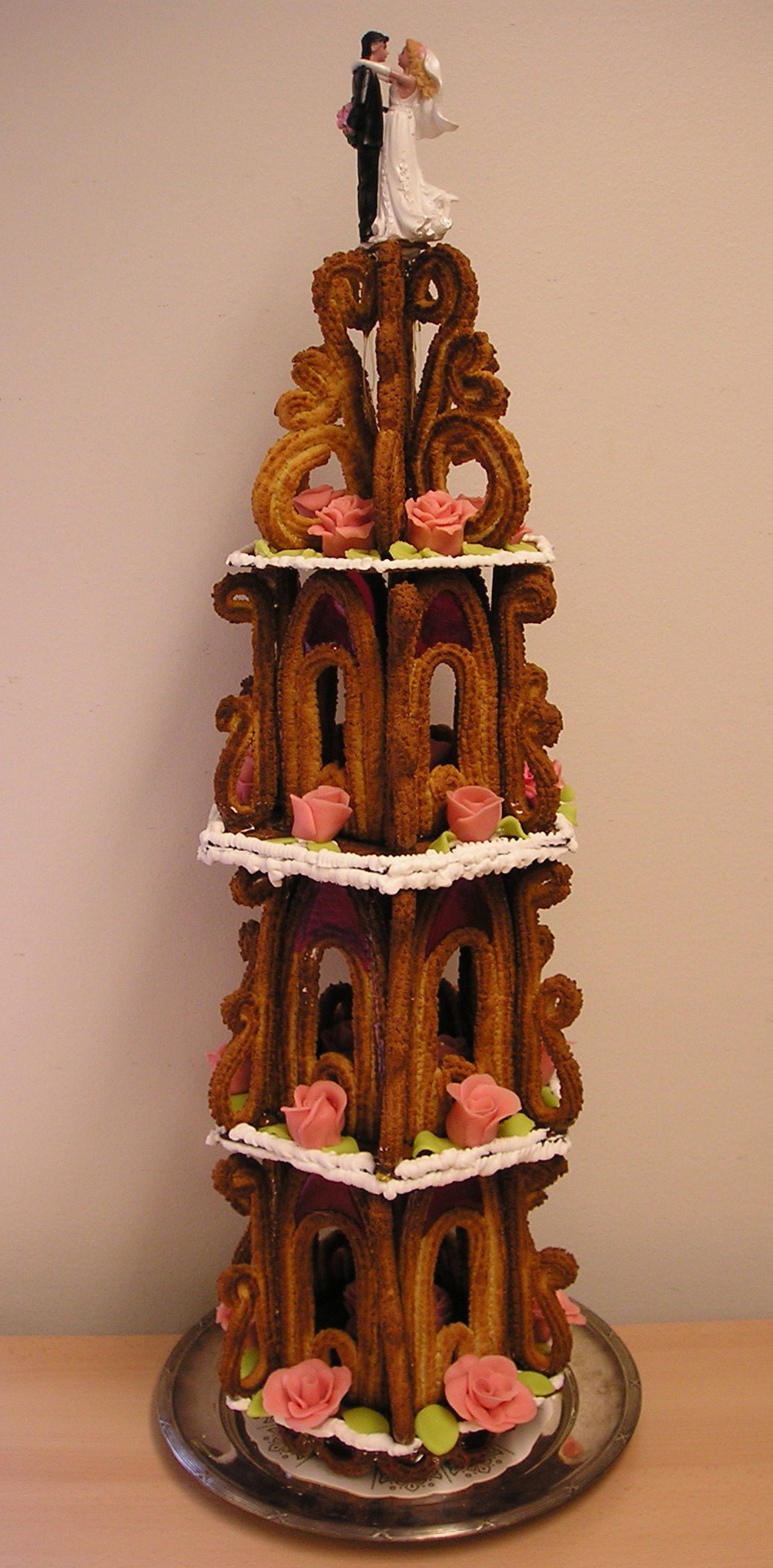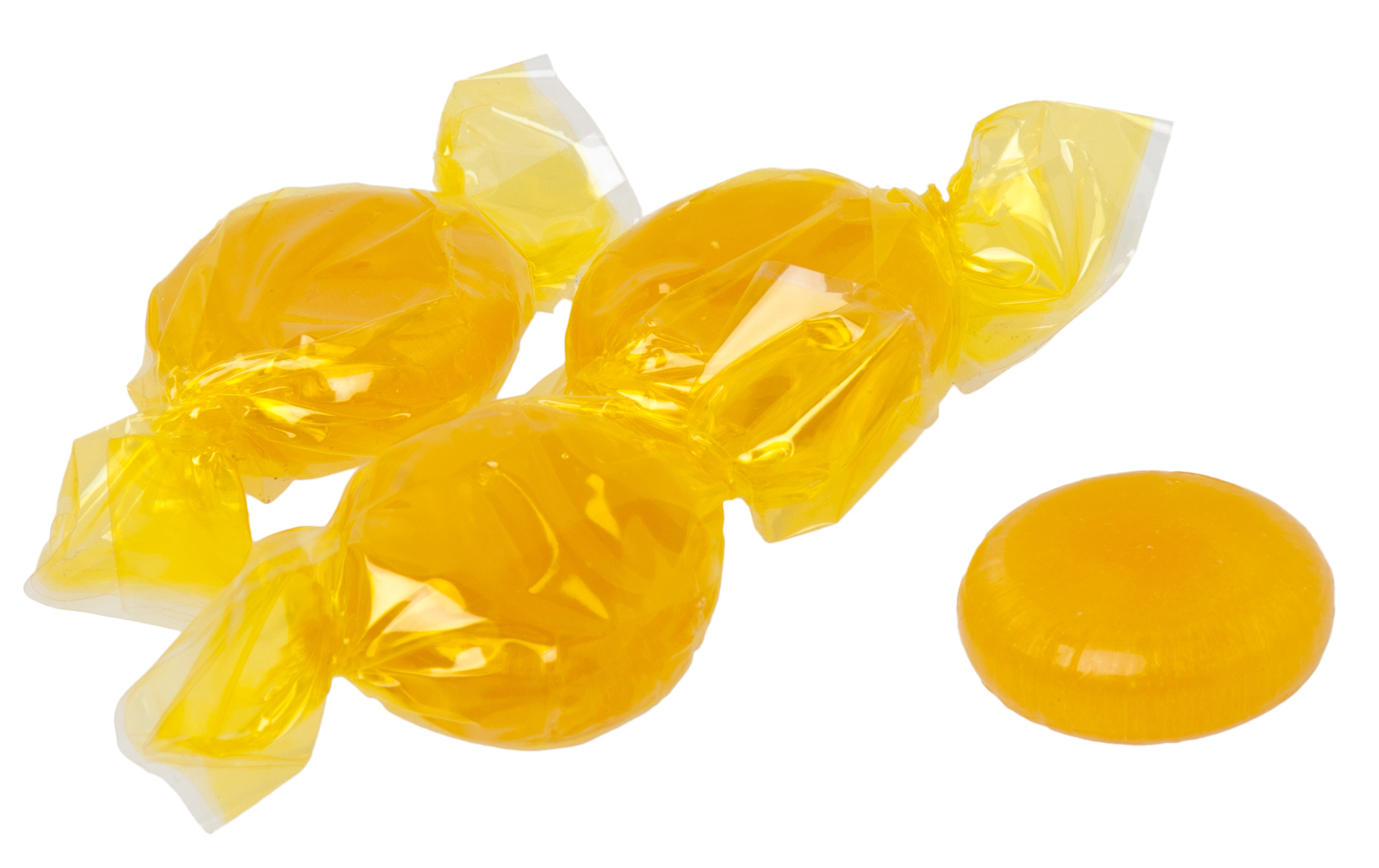|
Berwick Cockle
A Berwick cockle is a white-coloured sweet with red stripes, originally associated with Berwick-upon-Tweed Berwick-upon-Tweed (), sometimes known as Berwick-on-Tweed or simply Berwick, is a town and civil parish in Northumberland, England, south of the Anglo-Scottish border, and the northernmost town in England. The 2011 United Kingdom census recor .... Cockles have been made since 1801.Norman Schur with Eugene Ehrlich. ''British English A to Zed''. Revised and Updated Edition. Checkmark Books: New York, 2001. Their moulding process gives them a flattened shape with an equatorial rib. They are sold loose by weight in paper bags, traditionally in "quarters"—a quarter of a pound. They were originally made and sold in Berwick by the Cowe family until their shop closed in 2010. The current version is described by internet vendors as a "crumbly" mint, while the original Cowe product was a hard mint. , image2=William Cowe's sweetshop, Berwick 2016-05-29.jpg References Berwi ... [...More Info...] [...Related Items...] OR: [Wikipedia] [Google] [Baidu] |
Confectionery
Confectionery is the Art (skill), art of making confections, or sweet foods. Confections are items that are rich in sugar and carbohydrates, although exact definitions are difficult. In general, however, confections are divided into two broad and somewhat overlapping categories: baker's confections and sugar confections. Baker's confectionery, also called flour confections, includes principally sweet pastries, cakes, and similar Baking, baked goods. Baker's confectionery excludes everyday Bread, breads, and thus is a subset of products produced by a baker. Sugar confectionery includes candies (also called ''sweets'', short for ''sweetmeats'', in many English-speaking countries), candied nuts, chocolates, chewing gum, bubble gum, pastillage, and other confections that are made primarily of sugar. In some cases, chocolate confections (confections made of chocolate) are treated as a separate category, as are sugar-free versions of sugar confections. The words ''candy'' (Canada ... [...More Info...] [...Related Items...] OR: [Wikipedia] [Google] [Baidu] |
England
England is a Countries of the United Kingdom, country that is part of the United Kingdom. It is located on the island of Great Britain, of which it covers about 62%, and List of islands of England, more than 100 smaller adjacent islands. It shares Anglo-Scottish border, a land border with Scotland to the north and England–Wales border, another land border with Wales to the west, and is otherwise surrounded by the North Sea to the east, the English Channel to the south, the Celtic Sea to the south-west, and the Irish Sea to the west. Continental Europe lies to the south-east, and Ireland to the west. At the 2021 United Kingdom census, 2021 census, the population was 56,490,048. London is both List of urban areas in the United Kingdom, the largest city and the Capital city, capital. The area now called England was first inhabited by modern humans during the Upper Paleolithic. It takes its name from the Angles (tribe), Angles, a Germanic peoples, Germanic tribe who settled du ... [...More Info...] [...Related Items...] OR: [Wikipedia] [Google] [Baidu] |
Northumberland
Northumberland ( ) is a ceremonial counties of England, ceremonial county in North East England, on the Anglo-Scottish border, border with Scotland. It is bordered by the North Sea to the east, Tyne and Wear and County Durham to the south, Cumbria to the west, and the Scottish Borders council area to the north. The town of Blyth, Northumberland, Blyth is the largest settlement. Northumberland is the northernmost county in England. The county has an area of and a population of 320,274, making it the least-densely populated county in England. The south-east contains the largest towns: Blyth, Northumberland, Blyth, Cramlington, Ashington, Bedlington, and Morpeth, Northumberland, Morpeth, the last of which is the administrative centre. The remainder of the county is rural, the largest towns being Berwick-upon-Tweed in the far north and Hexham in the south-west. For local government purposes Northumberland is a Unitary authorities of England, unitary authority area. The county Histo ... [...More Info...] [...Related Items...] OR: [Wikipedia] [Google] [Baidu] |
English Cuisine
English cuisine encompasses the cooking styles, traditions and recipes associated with England. It has distinctive attributes of its own, but is also very similar to wider British cuisine, partly historically and partly due to the import of ingredients and ideas from the Americas, China, and India during the time of the British Empire and as a result of World War II, post-war Immigration to the United Kingdom since 1922, immigration. Some traditional meals, such as bread and cheese, roasted and stewed meats, meat pie, meat and game pies, boiled vegetables and broths, and freshwater fish, freshwater and saltwater fish have ancient origins. The 14th-century English cookbook, the ''Forme of Cury'', contains recipes for these, and dates from the royal court of Richard II of England, Richard II. English cooking has been influenced by foreign ingredients and cooking styles since the Middle Ages. Curry was introduced from the Indian subcontinent and adapted to English tastes from th ... [...More Info...] [...Related Items...] OR: [Wikipedia] [Google] [Baidu] |
Scottish Cuisine
Scottish cuisine (; ) encompasses the cooking styles, traditions and recipes associated with Scotland. It has distinctive attributes and recipes of its own, but also shares much with other British and wider European cuisine as a result of local, regional, and continental influences — both ancient and modern. Scotland's natural larder of vegetables, fruit, oats, fish and other seafood, dairy products and game is the chief factor in traditional Scottish cooking, with a high reliance on simplicity, generally without the use of rare (and historically expensive) spices found abroad. History Scotland, with its temperate climate and abundance of indigenous game species, has provided food for its inhabitants for millennia. The wealth of seafood available on and off the coasts provided the earliest settlers with sustenance. Agriculture was introduced, and primitive oats quickly became the staple. Medieval From the journeyman down to the lowest cottar, meat was an expensiv ... [...More Info...] [...Related Items...] OR: [Wikipedia] [Google] [Baidu] |
Confectionery
Confectionery is the Art (skill), art of making confections, or sweet foods. Confections are items that are rich in sugar and carbohydrates, although exact definitions are difficult. In general, however, confections are divided into two broad and somewhat overlapping categories: baker's confections and sugar confections. Baker's confectionery, also called flour confections, includes principally sweet pastries, cakes, and similar Baking, baked goods. Baker's confectionery excludes everyday Bread, breads, and thus is a subset of products produced by a baker. Sugar confectionery includes candies (also called ''sweets'', short for ''sweetmeats'', in many English-speaking countries), candied nuts, chocolates, chewing gum, bubble gum, pastillage, and other confections that are made primarily of sugar. In some cases, chocolate confections (confections made of chocolate) are treated as a separate category, as are sugar-free versions of sugar confections. The words ''candy'' (Canada ... [...More Info...] [...Related Items...] OR: [Wikipedia] [Google] [Baidu] |
Berwick-upon-Tweed
Berwick-upon-Tweed (), sometimes known as Berwick-on-Tweed or simply Berwick, is a town and civil parish in Northumberland, England, south of the Anglo-Scottish border, and the northernmost town in England. The 2011 United Kingdom census recorded Berwick's population as 12,043. The town is at the mouth of the River Tweed on the east coast, south east of Edinburgh, north of Newcastle upon Tyne, and north of London. Uniquely for England, the town is slightly further north than Denmark's capital Copenhagen and the southern tip of Sweden, further east of the North Sea, which Berwick borders. Berwick was founded as an Anglo-Saxon settlement in the Kingdom of Northumbria, which was annexed by England in the 10th century. A civil parishes in England, civil parish and town council were formed in 2008 comprising the communities of Berwick, Spittal, Northumberland, Spittal and Tweedmouth. It is the northernmost civil parish in England. For more than 400 years, the area was central t ... [...More Info...] [...Related Items...] OR: [Wikipedia] [Google] [Baidu] |
British Confectionery
British may refer to: Peoples, culture, and language * British people, nationals or natives of the United Kingdom, British Overseas Territories and Crown Dependencies. * British national identity, the characteristics of British people and culture * British English, the English language as spoken and written in United Kingdom of Great Britain and Northern Ireland and, more broadly, throughout the British Isles * Celtic Britons, an ancient ethno-linguistic group * Brittonic languages, a branch of the Insular Celtic language family (formerly called British) ** Common Brittonic, an ancient language Other uses *People or things associated with: ** Great Britain, an island ** British Isles, an island group ** United Kingdom, a sovereign state ** British Empire, a historical global colonial empire ** Kingdom of Great Britain (1707–1800) ** United Kingdom of Great Britain and Ireland (1801–1922) * British Raj, colonial India under the British Empire * British Hong Kong, colonial H ... [...More Info...] [...Related Items...] OR: [Wikipedia] [Google] [Baidu] |
Candy
Candy, alternatively called sweets or lollies, is a Confectionery, confection that features sugar as a principal ingredient. The category, also called ''sugar confectionery'', encompasses any sweet confection, including chocolate, chewing gum, and sugar candy. Vegetables, fruit, or Nut (fruit), nuts which have been glaze (cooking technique), glazed and coated with sugar are said to be ''Candied fruit, candied''. Physically, candy is characterized by the use of a significant amount of sugar or sugar substitutes. Unlike a cake or loaf of bread that would be shared among many people, candies are usually made in smaller pieces. However, the definition of candy also depends upon how people treat the food. Unlike sweet pastries served for a dessert course at the end of a meal, candies are normally eaten casually, often with the fingers, as a snack between meals. Each culture has its own ideas of what constitutes candy rather than dessert. The same food may be a candy in one culture ... [...More Info...] [...Related Items...] OR: [Wikipedia] [Google] [Baidu] |
Northumberland Cuisine
Northumberland ( ) is a ceremonial counties of England, ceremonial county in North East England, on the Anglo-Scottish border, border with Scotland. It is bordered by the North Sea to the east, Tyne and Wear and County Durham to the south, Cumbria to the west, and the Scottish Borders council area to the north. The town of Blyth, Northumberland, Blyth is the largest settlement. Northumberland is the northernmost county in England. The county has an area of and a population of 320,274, making it the least-densely populated county in England. The south-east contains the largest towns: Blyth, Northumberland, Blyth, Cramlington, Ashington, Bedlington, and Morpeth, Northumberland, Morpeth, the last of which is the administrative centre. The remainder of the county is rural, the largest towns being Berwick-upon-Tweed in the far north and Hexham in the south-west. For local government purposes Northumberland is a Unitary authorities of England, unitary authority area. The county Histo ... [...More Info...] [...Related Items...] OR: [Wikipedia] [Google] [Baidu] |






